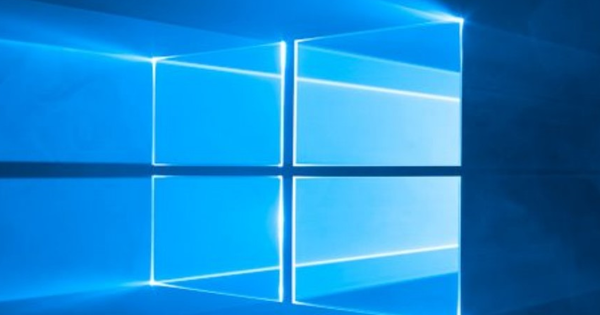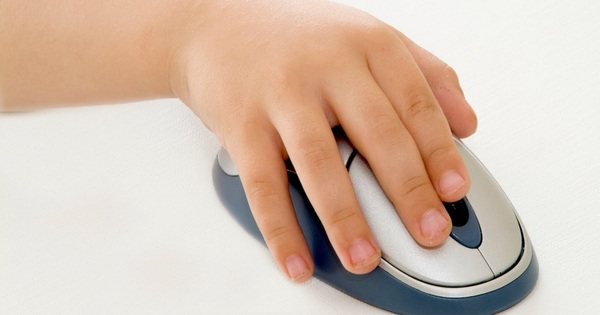Windows 10 is considered by many to be a fine and good operating system. Still, the OS suffers from teething problems and not all software is compatible with it yet. Therefore, it may be necessary to install Windows 7 or Windows 8.1, or even Linux.
In this article, we'll explain how to install another operating system in addition to Windows 10. We focus on Windows 7, Windows 8.1 and Ubuntu 14.04 LTS for this. Before you start the installation, we will prepare a number of things, so that you will not be faced with surprises later.
BIOS or UEFI
The first preparation you should make is that you will have to check whether your current Windows 10 boots in BIOS or with UEFI. We will need this information later in the process. You can easily find this out by pressing Windows key + R. Then you type msinfo32 and press Enter. In the System Overview that now appears, you will see BIOS mode or UEFA or Deprecated, where the latter option indicates that you are using a BIOS.
If you want to run Windows 7 alongside Windows 10, you must disable the Secure Boot option in the UEFI, otherwise Windows 7 will not be able to boot. Ubuntu has had support for Secure Boot for some time and can therefore handle it just fine. Windows 8 has no problems with it either. Also make sure the Fast Boot option is disabled in UEFI.
Installation files
What you also need is at least one USB stick to boot from. This is where we put the Windows 7, 8.1 or Ubuntu 14.04 LTS installation files. You can download the Windows ISOs here. Make sure you also have a product key of the correct Windows version. If you fill that in, you can download the Windows installation. If you have a Windows DVD, you can of course also use it and skip the steps for the USB stick (step 7). For Ubuntu you can of course go here. Click here Download / Ubuntu Desktop and download Ubuntu 14.04.3 LTS, we are using the 64bit version.
The same license?
If you upgraded your old Windows7 or -8.1 installation to Windows 10, your new installation will use the same product key as your old Windows installation. It would have been great if it would be possible to now run Windows 7 or 8.1 alongside Windows 10 with the same product key, but unfortunately Microsoft doesn't allow that. So you will have to get a license in a different way, because only one Windows with the same license can be activated.
What you can possibly do is become a so-called Windows Insider. You may then use a trial version of Windows 10 with some restrictions. This way you can deactivate Windows and reuse your license on Windows 7/8.1. This is at your own risk, the test version is not always stable.
Disk space
The last requirement is that you have enough free space on the hard drive. You can easily check this by opening your explorer and clicking This PC. Next, locate the drive with the Windows flag, which will almost always be drive C: and check the amount of disk space. For Windows 7 and 8.1 you need at least 60 GB and of course you also want to have some space left on your Windows 10 installation, so with 80 GB of free space you will get somewhere. For Ubuntu 14.04 LTS, 30 GB is already more than enough, so you will get 50 GB of free disk space at a minimum.
Backup
Before you really get started, it is an absolute must to back up your Windows installation. To do this, use your standard backup program, or the built-in Windows backup function. All you need for the latter is a second hard drive or an external USB drive. Once you've created the backup, you'll later have the option to restore Windows 10 to its current state without any problems, should something go wrong.
You start the backup as follows. Open Control Panel >System and Security. click on Backup and Restore (Windows 7). Click on the left Create a system image, choose whether to save the backup to a hard drive or to a network location and click Next one. All necessary disks are automatically included in the backup so click on Start backup to start the backup. Now if you need to restore the backup in an emergency, you'll need to create a bootable Windows 10 USB stick on another computer. You will then be given the option to restore the backup from that installation.

